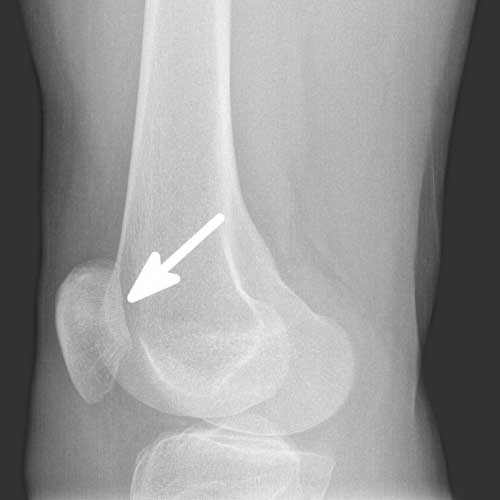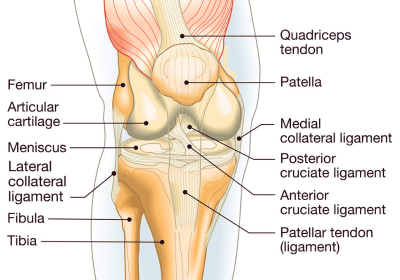MPFL Reconstruction Surgeon
If you play sports or participate in activities that include a lot of pivoting, you may be at risk of injuring your MPFL (Medial Patellofemoral Ligament). Injury to this ligament can cause the patella (kneecap) to dislocate and will result in knee instability. Chronic dislocations may require MPFL reconstruction Doctor Prem Ramkumar, MPFL reconstruction surgeon has the experience and expertise in performing MPFL Reconstruction surgery. He is located in Long Beach and serves patients in Los Angeles, Orange County, and surrounding Southern California areas. Contact Dr. Ramkumar’s office today!

What is the medial patellofemoral ligament (MPFL)?
The patella (kneecap) is held in place on the distal femur (bottom of the thigh bone) by the medial patellofemoral ligament (MPFL). The ligament has an elastic-like quality, similar to a strong rubber band. The MPFL keeps the patella inside a groove called the trochlear groove. When the MPFL is injured, it stretches or tears, causing the kneecap to move too far laterally (outer aspect of the knee). When this occurs, the patella feels like it is about to dislocate or – in certain instances – actually dislocate. Dr. Prem Ramkumar, MPFL reconstruction surgeon, is located in Long Beach and serves patients in Los Angeles, Orange County, and surrounding Southern California areas who need MPFL reconstruction surgery.
What is an MPFL reconstruction?
An MPFL reconstruction is the most common treatment to restore stability and function to the kneecap if you have an MPFL tear, recurrent kneecap dislocations, or an unstable patellofemoral joint. During this procedure, Dr. Ramkumar replaces it with a tendon taken from the patient (autograft) or a donor (allograft). MPFL reconstruction surgery has a high success rate, and recurrent dislocations or tears are uncommon.

How is an MPFL reconstruction performed?
Medial patellofemoral ligament (MPFL) reconstruction surgery is a minimally invasive procedure, that is done arthroscopically and with a minimally small incision over the patella. Dr. Ramkumar uses a special camera and instruments to evaluate the knee and replaces it with a tendon graft already harvested from the patient or a donor. Dr. Ramkumar drills small holes into the patella (kneecap) and femur (thigh bone), so he can attach the graft using anchor points called bone plugs. Once the graft is in place, Dr. Ramkumar will heck the knee’s range of motion and make sure the graft is secure. The camera and instruments come out of the knee, and the small incisions are closed with stitches or steri-strips. The knee is dressed and then immobilized with a brace. Typically, the procedure is outpatient or day surgery, and the patient can go home the same day with pain medication and instructions to ice and elevate the knee to prevent swelling.
What is the recovery like after an MPFL reconstruction?
The time it takes to recover from MPFL reconstruction surgery depends on the patient, any underlying medical conditions, health before surgery and how well they follow the post-surgical instructions. Dr. Ramkumar will recommend weight bearing as tolerated with the assistance of a brace and crutches for approximately 6 weeks after surgery. Range of motion will progress gradually. Complete recovery from an MPFL reconstruction with return to sport is approximately 6 months.


